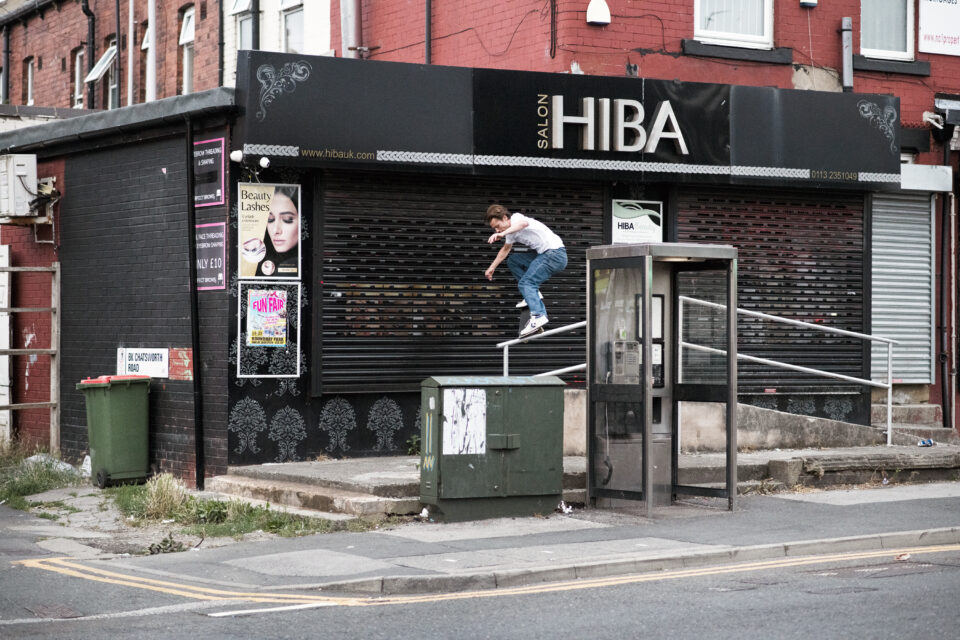Previous post
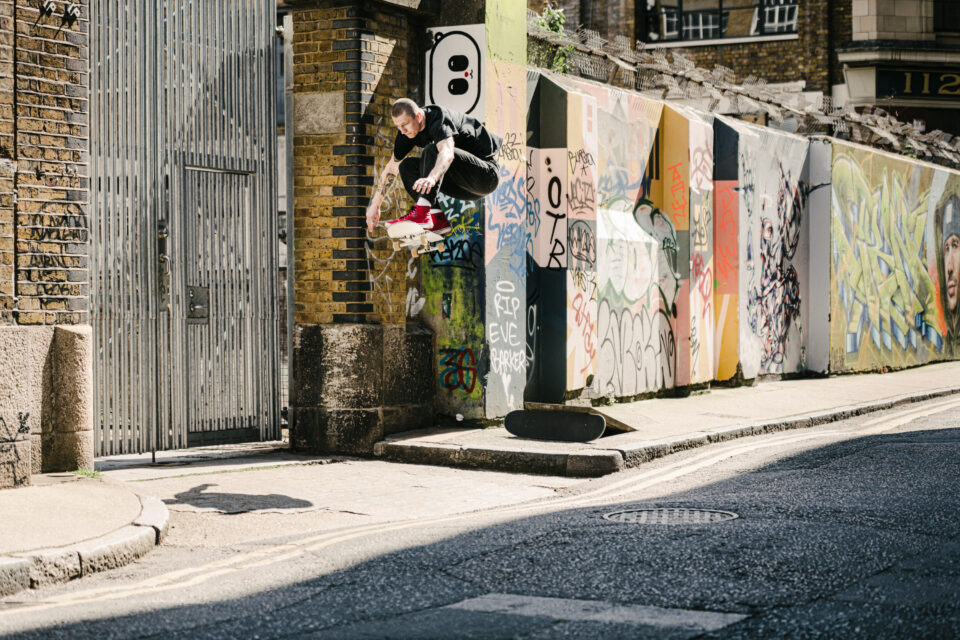
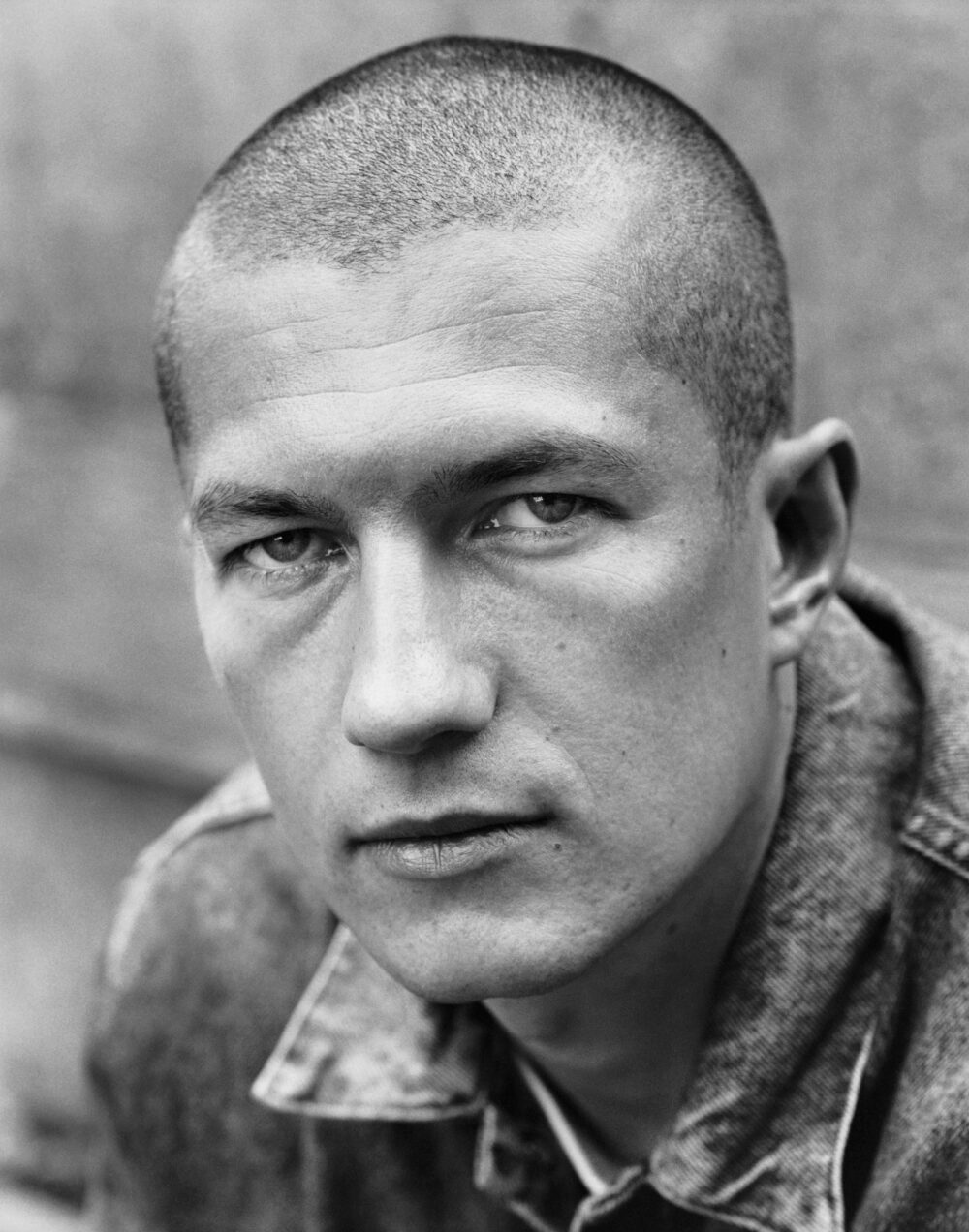
Portrait: Kembery
Interview: Kingsford
Let’s start with your injuries and rehabilitation.
It all started 2011. I tried a trick for my ender for the Death video. It was a kickflip over this quite famous hubba in Maidstone. I went back three times for it and on the last attempt I landed, my board snapped and I dislocated my knee. I went to the hospital locally and they told me that I tore my MCL and put me in a brace. It was six weeks or whatever, normal recovery. Anyway fast-forward seven years of skating on it as normal, I was on a Levi’s trip in Berlin and I was filming a stupid trick, a nosebonk off a loading dock. I walked off and my leg just completely gave way. When I got home I went and saw the amazing Mr (Amer) Khan, who is kind of likea skate surgeon – well he’s not, but he’s seen skaters like me, Justin Biddle and Chris Oliver – and he told me that I’d completely severed my PCL ligament.
I had the PCL reconstruction surgery in January 2019. That was the start of it all. That surgery went well – I recovered – but when I went for my first check-up after eight weeks, Mr Khan told me that when he went in to do the PCL he saw that my ACL was 75 per cent ruptured and that I needed a full ACL reconstruction.
I went back in for surgery in June (2019). I recovered doing rehab, seeing my physio Lewis (Manning), who is amazing. The biggest problem was that my muscle had deteriorated. All your stability comes from ligaments and the muscle around it and when you’ve got no muscle, you have to be so careful, so it’s quite an intense recovery.
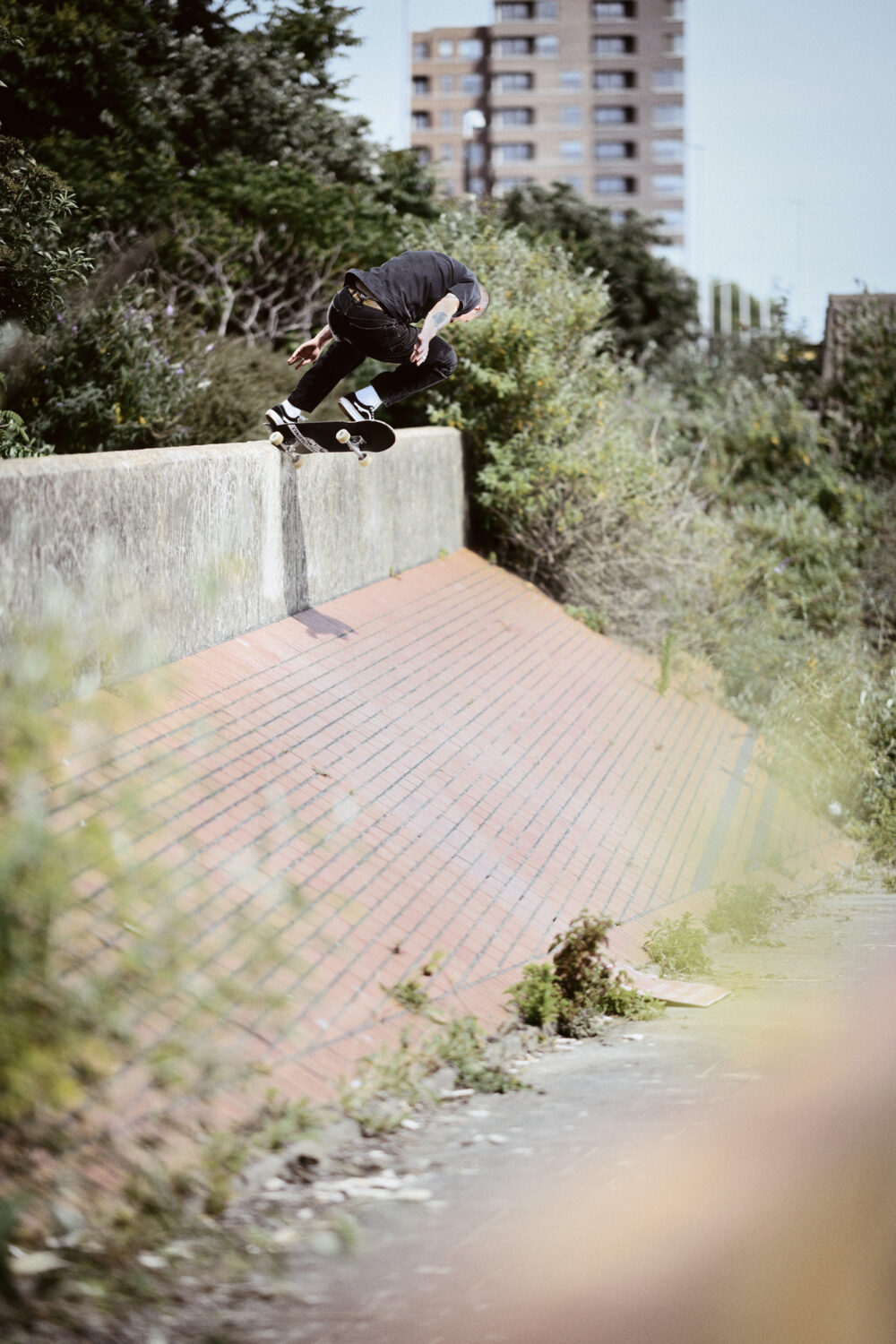
I started skating again in November 2019 and wasn’t really feeling good, but I just kind of thought that was normal. Then the pandemic hit and gyms were shut. I got to that point where I thought I could start skating again and really take the rehab up a notch, then everything shut down. I started skating a bit more in the summer of 2020 but I still wasn’t feeling good. Then in January 2021 I had my third surgery.
Wow. How did the third surgery come about?
Through skating I kept hearing really bad crunching in my knee. I was going to be discharged and I had a dilemma: do I keep my mouth shut, get discharged and just get on and skate or actually say something and get it sorted, but put back my recovery? I went for another MRI scan and they noticed that 60 per cent of the cartilage had gone in my left knee. They gave me five years until I would get quite bad arthritis. That would basically be skating done. Mr Khan told me about a surgery that wasn’t guaranteed but worth trying. It’s called arthroscopic nanofracture. They drill into your bone, it bleeds and hopefully it regrows cartilage.
How are you feeling now?
I mean it still crunches but it’s good. It’s definitely better than it was. When we’ve been on trips, tiredness has been the main thing. As soon as my muscles get tired then basically my ligaments are taking the full weight of what I’m trying. So there are times when frustratingly I have to stop trying a trick because I know I’m going to injure myself more if I keep trying.
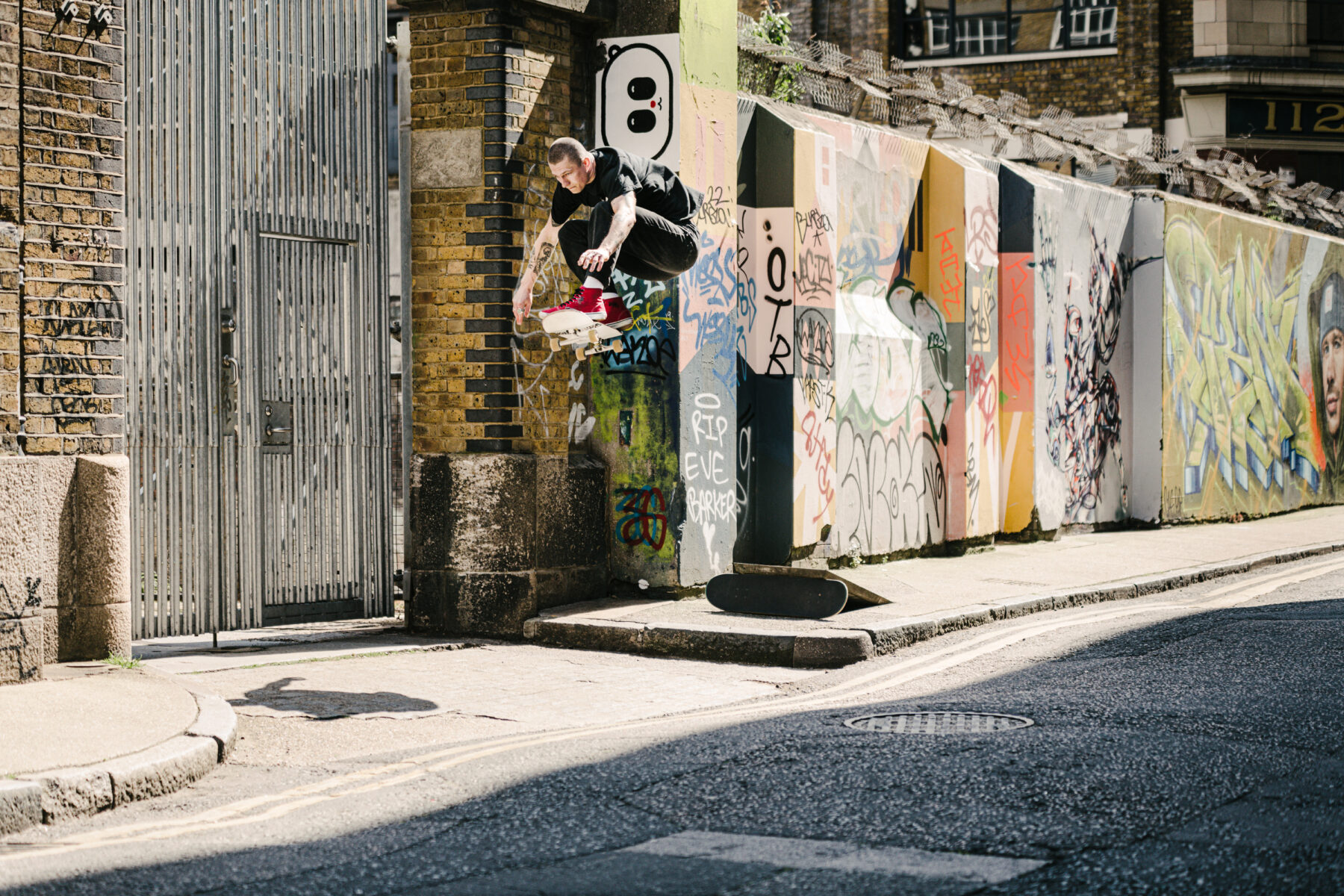
How were your sponsors and your employer about the injuries and the time off you needed?
I was working full time at Slam (City Skates) and Marshall (Taylor, owner) was really cool. He paid me sick pay through it. I was only meant to be out for four months but because of the second surgery I didn’t come back for nine months. It was good of them to accept that.
Levi’s was amazing as well. I went in and told them it could be three years out of skating and they kept me on and supported me throughout the whole thing and kept me involved however they could. Shout out to Chris Dalglish and Clément Vanpeperstraete for that and shout out to Nick Zorlac (Death) who was always lovely and called me to make sure I was all right. Also Nick Sharratt (Palomino) was really supportive during these times. He even visited me back in Kent a couple of times and had dinner with my folks, which was so nice.
What kept you motivated throughout your rehabilitation?
I watched anything I could find on skaters that had been through a similar thing. Austyn Gillette had a video interview where he explained about having two knee surgeries at the same time, which was gnarly. And at the time of my surgery he had been skating again, which was inspiring. I looked into a few other skaters who had had knee surgery but after that I couldn’t really think about skateboarding because it was so distant. Most of the time I was watching football. Then I started looking into football players who had had the same surgery as me – ACL surgery is the most common in football – and there was a really good Youtube series called Unseen Journey about Héctor Bellerín, who played for Arsenal. It starts on the day of his injury then follows his surgery, rehabilitation and return to playing.
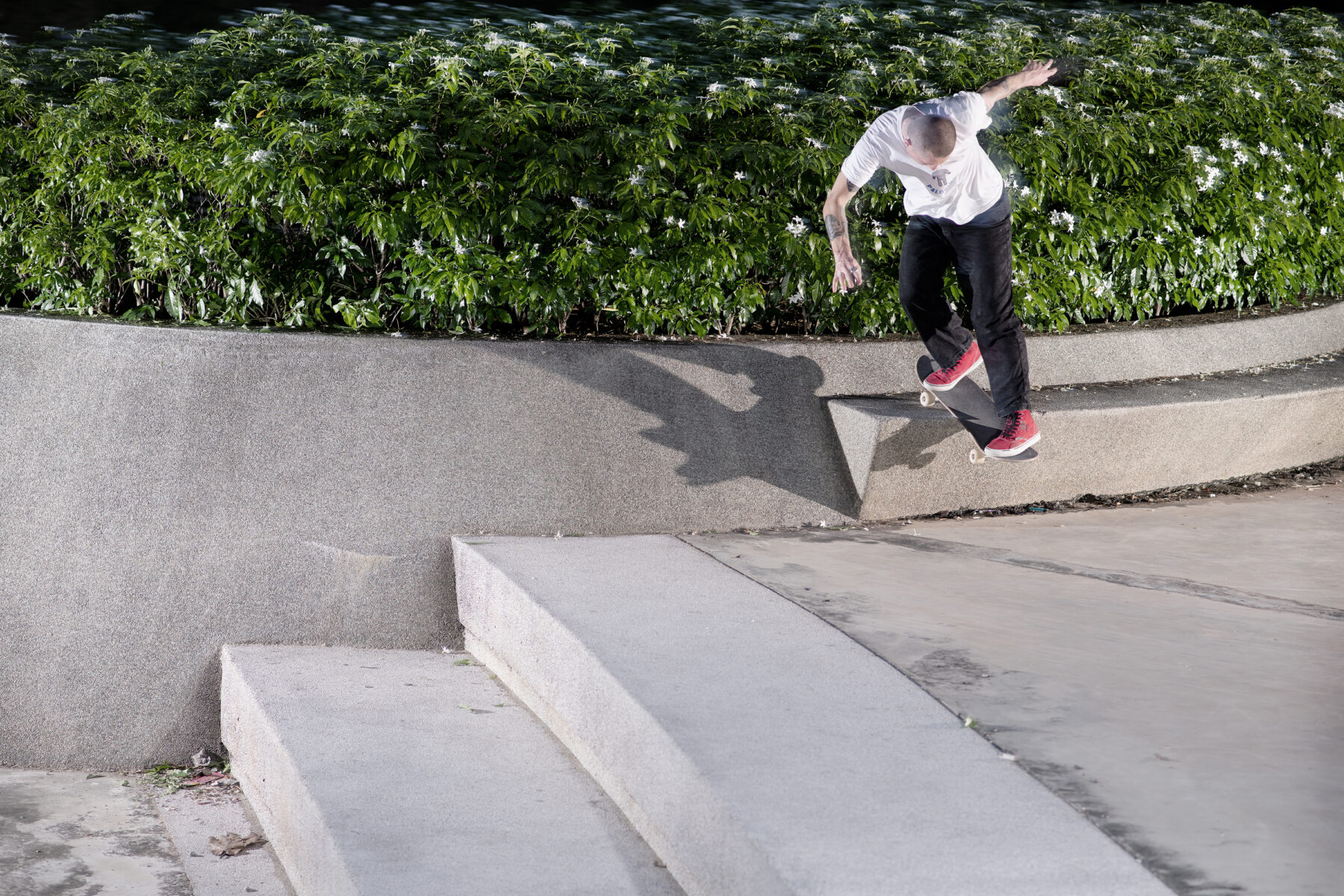
A big motivation was that Levi’s supported me throughout. I was like: “I’ve got to come back, because they’ve put their trust in me to support me through this.” I think for a little while I wondered if I would have come back to skating without that support. Also because most of my skateboarding so far had been done on a fucked knee, I felt I owed myself to skate how I imagine I want to skate, like the best that I can skate. When you’re doing rehab and training there are moments when you feel like it’s pointless, like: “I’m not getting anywhere, I don’t know why I’m doing this.” Then I would think: “I’m doing it so I can get back to skating and do something that I enjoy and go on trips and hang out with my friends.” That’s what motivated me the most.
A running joke at Vladimir Film Festival in Croatia is that you don’t actually like skate videos. Jokes aside, you seem like someone not completely immersed in skateboarding and its culture.
When I was younger it was everything to me and I was fully immersed in everything about it. If I’m honest, it was the surgeries that changed my approach to it. Now I’ll only watch a video if my friends are in it or if someone I like is in it. If I’m that immersed in skateboarding and it’s around me that much, I end up hating it – It puts me off going skateboarding. For me having other interests is really important because it allows me to switch off from skating.
How did you find our recent trip to Malaysia?
The heat was insane, which made the physical side of skating tough for me. Within 10 minutes you have sweated through your clothes. You don’t really want to be trying a trick any longer than that. But it is an amazing country. We were fortunate to see some of it on the little road trip we did. Shout out to Don (Irfan) for driving us around… and Hilman (Hamdi) the legend. The jungle and beaches we went to were beautiful and Kuala Lumpur is quite a crazy city, which I enjoyed. Everyone we met was super cool. The locals were amazingly hospitable. They took us in and showed us everything. They were proud of their city and that was really nice to be around. They wanted us to have the best time and we did.
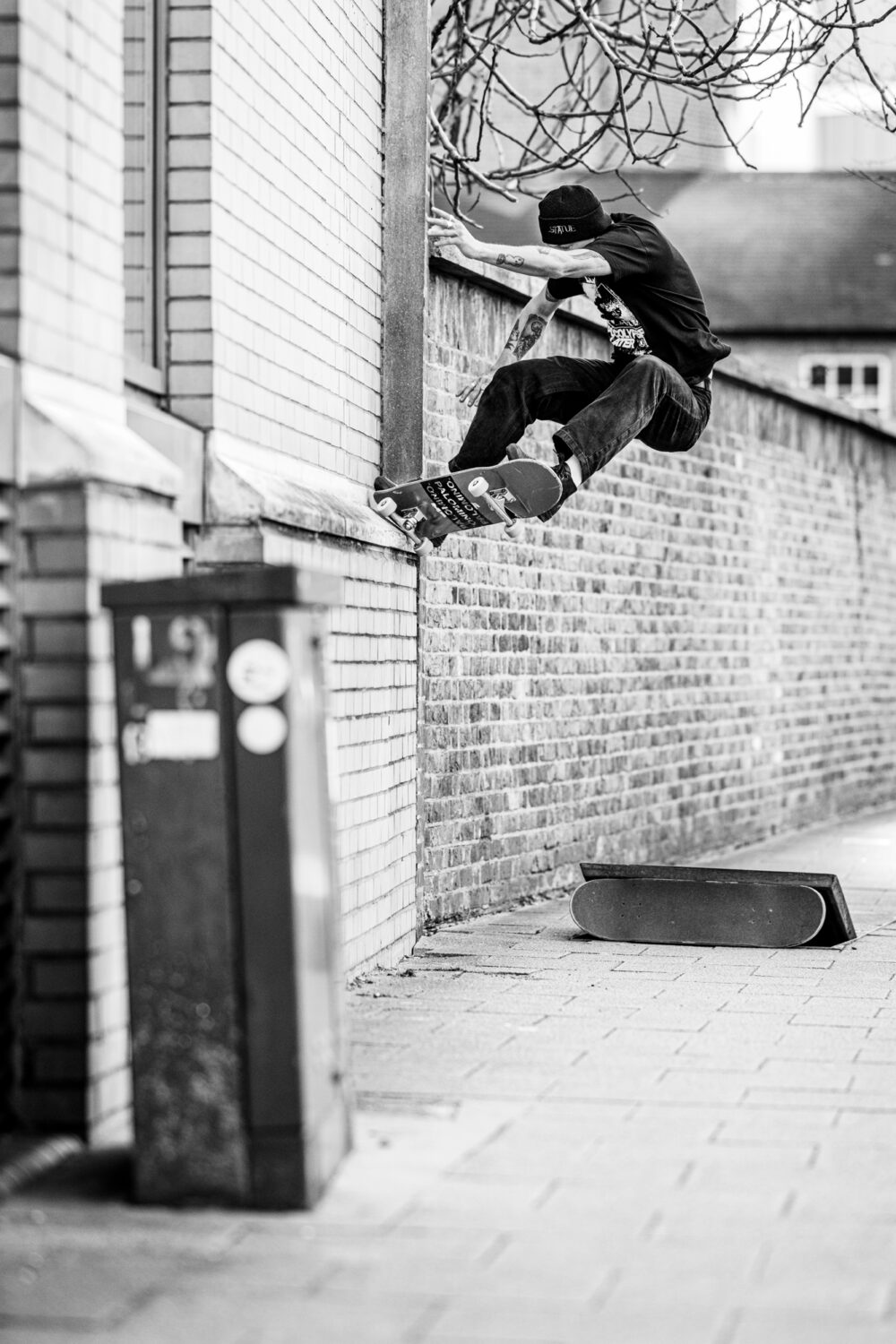
You have a strategy on skate trips that seems to work well.
Skate trips are my favourite part of skateboarding because you get to go away and experience new places and new cultures and meet new people… and you’re doing it with friends. I want to experience where we are as much as possible, so my strategy is to pick my battles. I’ll look though spots in the group chat and I’ll pick four or five that I know I want to go to. On the trip I’ll work out what days we’re planning on going to those spots then I’ll sort of suggest that we go to another a couple of days later so I can have a rest day. Obviously I’ll be out with everyone but I’ll be resting my body and also taking in where we are, shooting photos. So my strategy really is to space it out and when I am skating a spot, my strategy is always to land my trick as quickly as possible. It’s not like when you’re skating with your friends and you’re trying a trick and you’re working it out. I put pressure on myself to get it done so I can enjoy where I am more and also give my body as much rest as I can.
In 2020 you left Death after 12 years. Talk us through that decision.
I got on Death when I was 15, which is crazy to think about. When I was a kid Death was the company I wanted to ride for. When I grew up the Big Pushes were big and Death always had a big presence in those. Meeting Zorlac was amazing. He was really welcoming and took me under his wing. As I grew up he became like a sort of second father figure, but for skating. My dad was always supportive of skateboarding, but he couldn’t come on trips. I went on trips on my own when I was like 15 or 16, which is kind of crazy. Zorlac was always there to make sure that if it got too crazy, if they were going off to a club or whatever, I didn’t go. He’d always hang out with me and helped me progress into a man, as weird as that sounds. I was quite proud to ride for Death and be out and about doing other things like Levi’s trips.
Then the injuries came and I had a lot of time to think… not only about skating but about myself and the way I wanted to come back to skating. I was like: “I need a fresh start for myself.” That became more and more apparent and it kind of slowly faded out for me with Death. But I can’t thank Nick Zorlac enough for all the support that he gave me over the years. He was amazing to me and Death still holds a place in my heart as the UK brand.
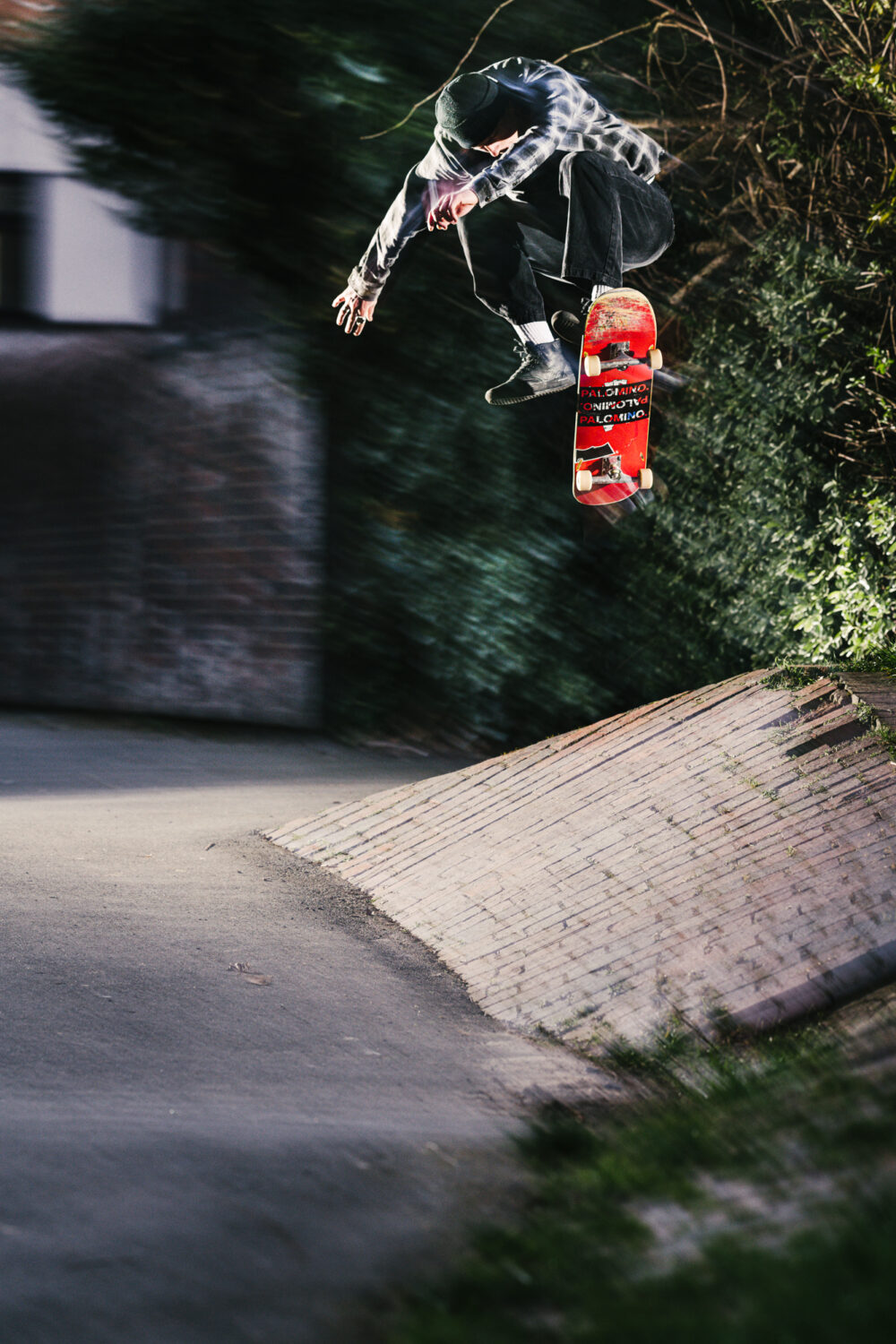
What are you doing for boards now?
At the moment I don’t get boards from anyone. I can only thank Charlie (Munro), Matlok (Bennett-Jones) and Jamie (Platt) for the odd boards here and there that help me get by. I didn’t have a plan to go and ride for anyone else. I just thought that I would start afresh.
So you’re waiting for a board sponsor that’s the right fit?
For so long I was part of a family at Death. I don’t want to just take product. I want to be involved in the brand and feel a part of it and also… the board brand you ride for, you’re giving them something, but also they’re giving you your identity. The aesthetic has got to fit; that’s a big thing for me in skating.
You left your job as manager of Slam City Skates recently. Talk us through that decision.
The main reason was that it felt like the last bit I needed for the plan to get back to skating and give it my all. It was the last piece of the puzzle. I had to take the decision to leave Slam and try to skate full time because I’m 28 now. That’s still quite young, but I looked at it realistically and realised I’ve got five to 10 years of skating left. If I don’t do it now, I probably won’t ever, then I’ll look back and regret that I never gave it a go full time. If it doesn’t work, I’m quite happy. I’m not putting loads of pressure on myself and I’m not delusional enough to think: “I’m going to go pro and make loads of money and live the rest of my life P-Rod style.” It’s not going to happen, but if I get five to 10 more years doing what I want to do, I’m happy with that.

